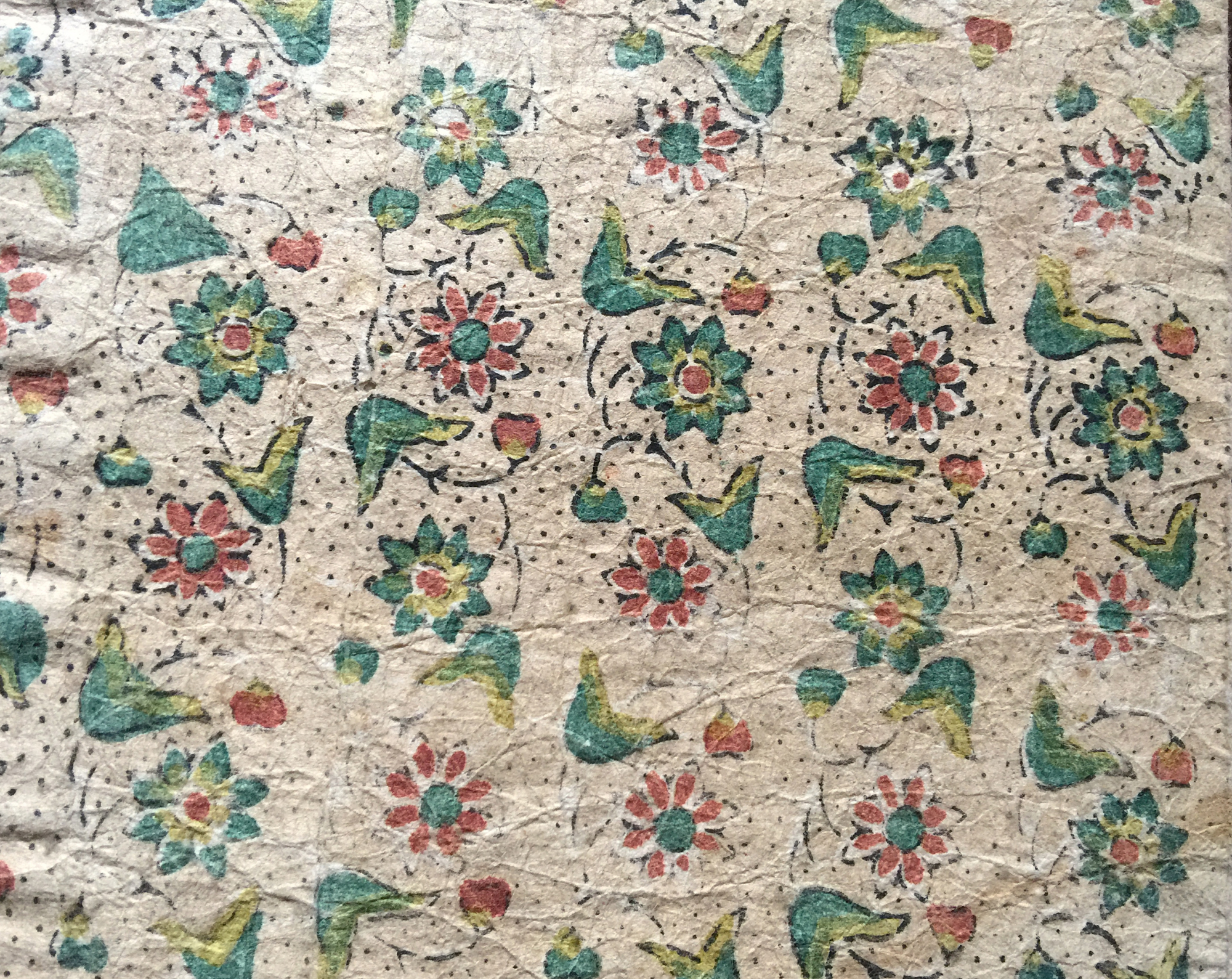An older version of Japan — hushed and built by hand — was fading. The 20th century opened to the clatter and buzz of machines, as the nation was swept toward an age of steel, standardization and skyscrapers. The call to modernity came like a shout from the Western world — Industrialize! — and it echoed through the streets of Japan's expanding cities. But beyond the hinterland, the echoes quickly faded.
Fumiko Sato was born into this mechanizing landscape in rural Fukushima Prefecture in 1939. Young children generally don't know they're poor, but Sato gradually understood her station in life through the clothes she wore. This wasn't because of the materials the garments were made from, it was the patterns that decorated them.
"We could only have stripes," she says, showing a scrap of fabric woven by her mother. "The people on the bottom couldn't wear anything else."


















With your current subscription plan you can comment on stories. However, before writing your first comment, please create a display name in the Profile section of your subscriber account page.